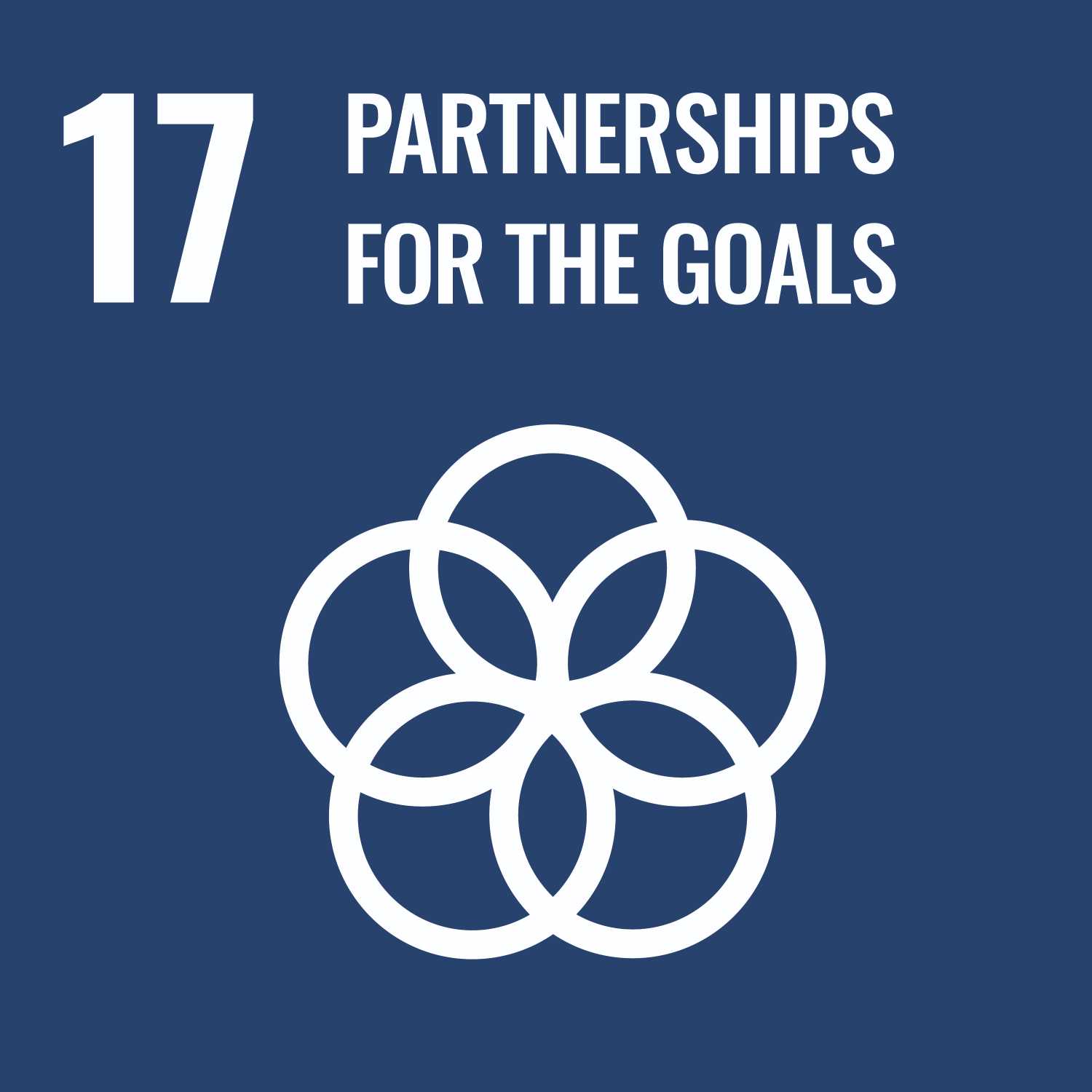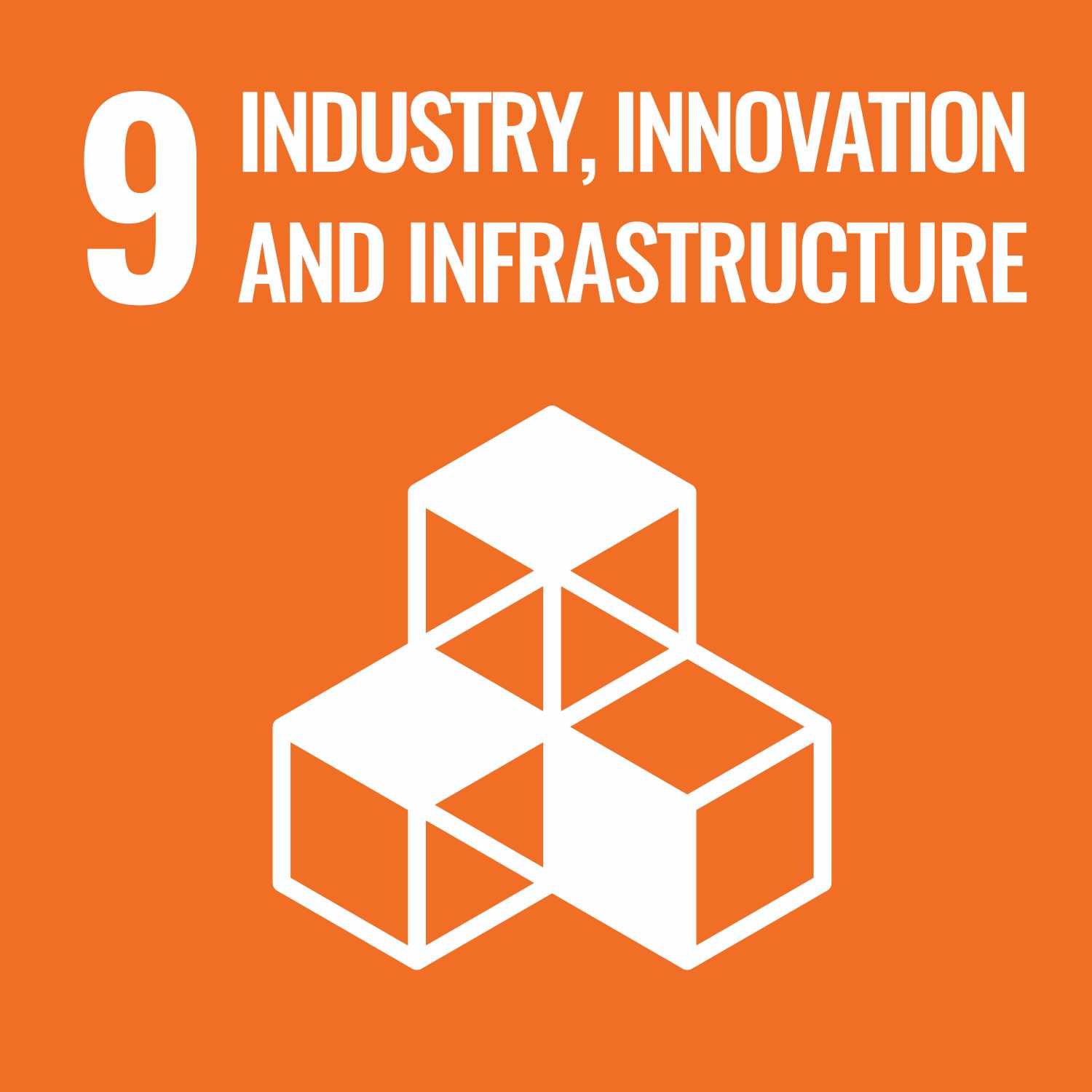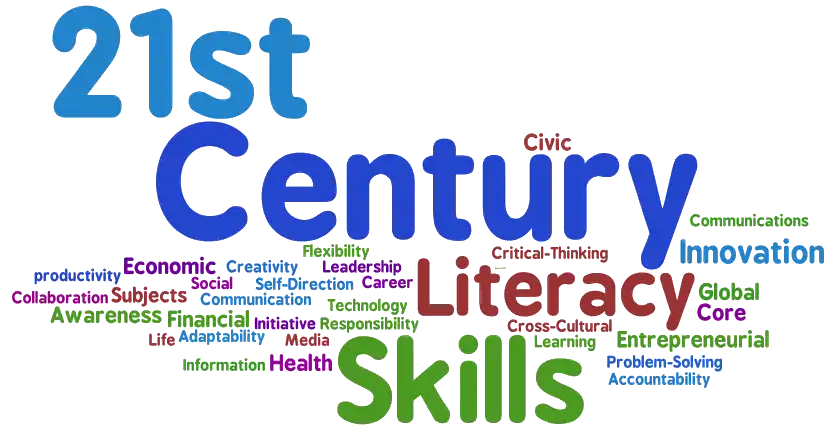

“DESIGN THINKING”
#Design Thinking is a #problem-solving approach that focuses on understanding user needs, brainstorming creative solutions, and testing ideas through #iteration and prototyping. It is widely used in #innovation, #product development, and #business strategy to # create human-centered solutions
The concept of “Design Thinking” plays major role in today’s context for bringing human centric solutions to complex process, situations, and products.
On Day 1, we formed teams, including Dr. Dhakshinamoorthy Thavamani, Madam Jagadeswari, Prof. Elakiya, Madam Indumathi, Prof. Suresh, Prof. Aswin, and Prof. Samuel Morris. Each team had a unique name and a team song. My team was named "DATA DADA," symbolizing the power of data in shaping the world, and we also had an exciting team song to represent our spirit.
The day's events primarily focused on various types of thinking, including abstract, analytical, application-based, associative, concrete, creative, critical, divergent, convergent, linear, non-linear, and metacognitive thinking. Additionally, we explored Audio, Visual, and Kinaesthetic learning approaches and discussed ways to integrate these methodologies into the academic environment for enhanced learning experiences.
I, recently explored Rebus Puzzles, and it was a fun way to spark creative and out-of-the-box thinking. A Rebus Puzzle is a word puzzle that uses images, symbols, letters, or numbers to represent a word or phrase. The challenge lies in decoding the hidden meaning behind their unique arrangement.
On Day 2, we delved into the Design Thinking process, which follows a five-step approach:
Empathize – Understand users, their challenges, and needs.
Define – Clearly articulate the problem statement.
Ideate – Brainstorm and generate creative solutions.
Prototype – Develop quick, low-cost models to test ideas.
Test – Validate solutions with users and refine them based on feedback.
As part of the process, we identified our problem statement:
"Excessive mobile phone usage by students in the classroom environment."
To address our problem statement, we utilized the User Persona Approach and followed the Empathy Map framework. The Empathy Map focused on four key aspects from the user’s perspective:
What the user Says
What the user Thinks
What the user Feels
What the user Does
By analyzing these insights, we developed effective solutions. The process provided great exposure, fostering both team building and critical thinking skills.
On Day 3, we applied the Ideate, Prototype, and Test approaches to explore and validate solutions for our problem statement. The Ideate phase focused on three key aspects:
Desirability – Understanding user needs and preferences.
Viability – Evaluating financial and business feasibility.
Feasibility – Assessing the practicality of implementation.
This step broadened our understanding of the Design Thinking process by incorporating stakeholder input, financial considerations, and organizational support, ensuring that the proposed solutions were both innovative and actionable.
21st Century Engineering College in Coimbatore
World is transforming everyday. In the rapidly evolving engineering landscape, we have an Increased responsibility to transform the engineering education from traditional curriculum to meet the 21st century skills like Creativity, Critical Thinking, Collaboration and Communication. Through our unique and strategic approach we enable our students to learn beyond and prepare them for life long success.
